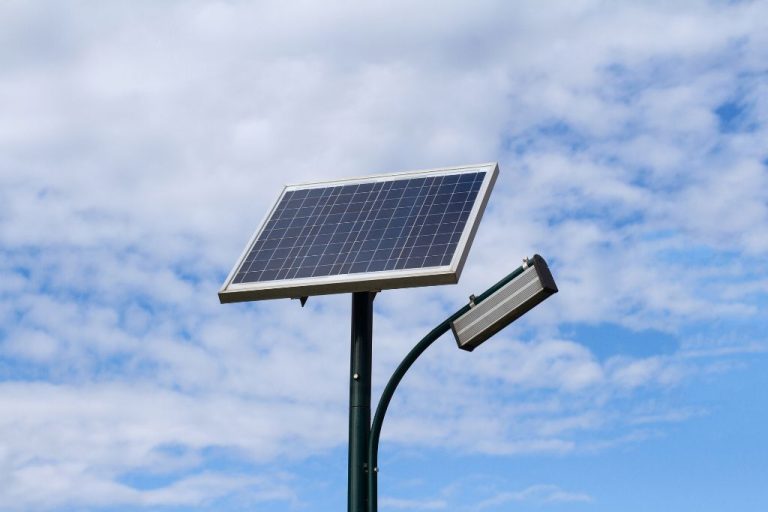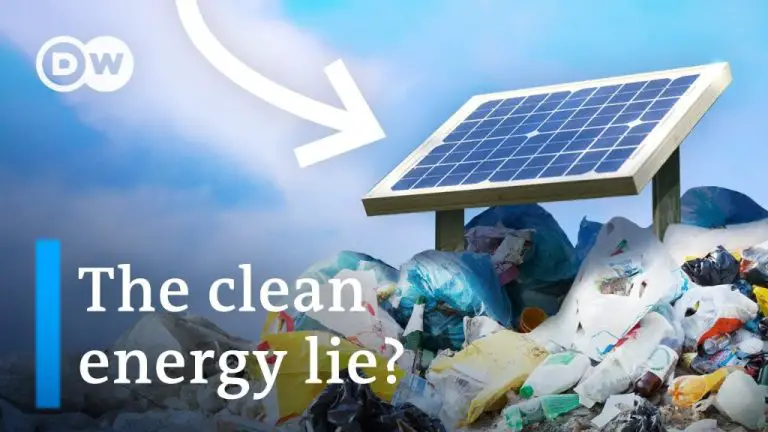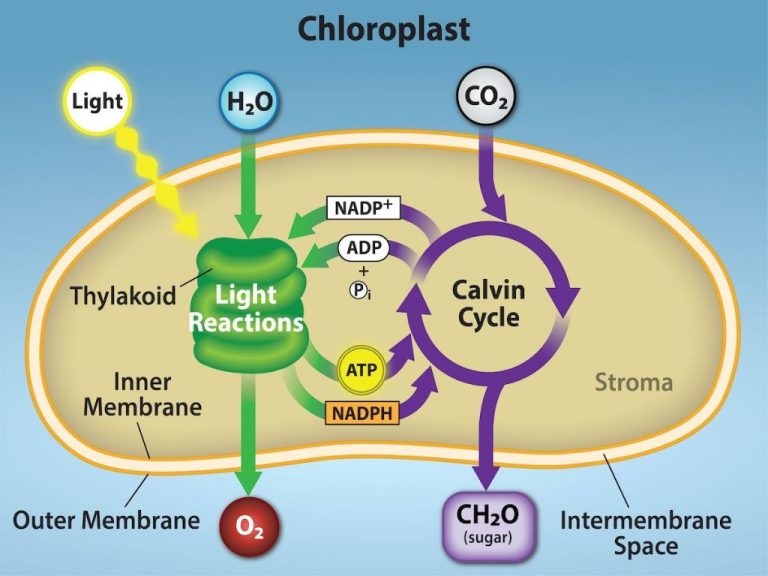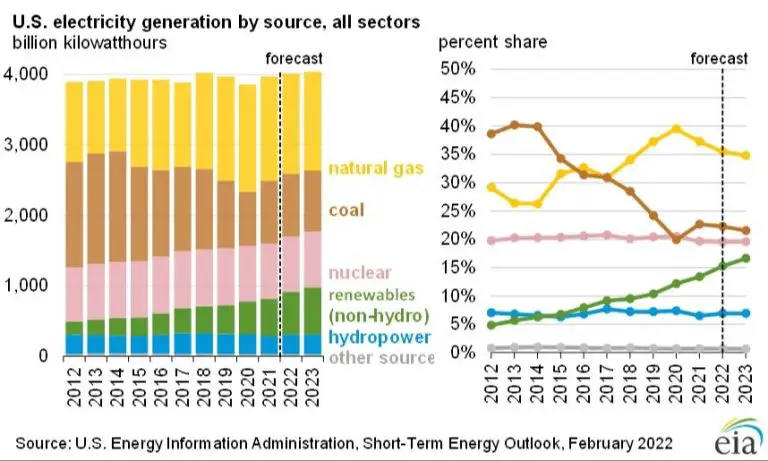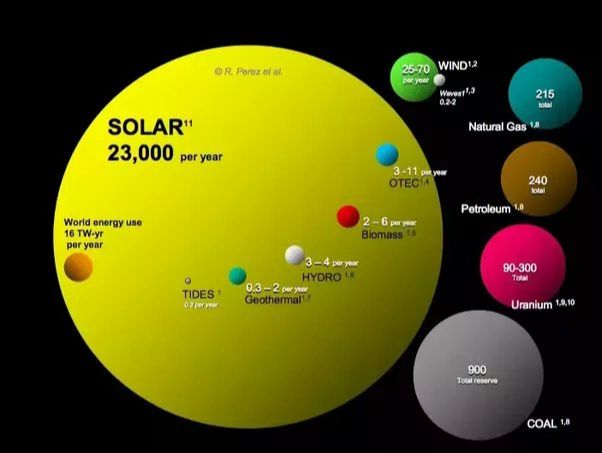Is Selling Solar Profitable?
The solar sales industry involves businesses and salespeople that market, sell, and install solar photovoltaic (PV) systems for residential and commercial properties. Solar salespeople work on commission selling solar panels, inverters, racking, and other system components to property owners interested in generating their own electricity from sunlight.
Demand for solar PV systems has grown exponentially over the last decade. According to the Solar Energy Industries Association (SEIA), the U.S. solar market grew 40% in 2021, reaching a record 19.2 gigawatts of installed capacity [1]. With dropping prices and favorable incentives, homes and businesses are rapidly adopting solar. SEIA predicts the residential solar market will grow over 20% annually through 2025 [1]. As demand increases, there are growing opportunities for solar sales professionals to earn commissions selling PV systems.
[1] https://www.seia.org/solar-industry-research-data
Costs of Starting a Solar Sales Business
When starting a solar sales business, there are several key costs to consider. The three main areas of expense are equipment/inventory, marketing, and staffing.
For equipment and inventory, at minimum you’ll need a showroom or office space to meet with customers. This will involve rent, utilities, office furnishings and supplies. You’ll also need to purchase solar products to display, and maintain inventory of PV panels, inverters and other system components. The costs of equipment and inventory can run from tens of thousands to over $100k to properly showcase products.
Marketing and advertising are crucial for customer acquisition when starting out. You’ll need a professional website, SEO services, print materials like brochures, plus outreach through media channels. Plan on a substantial marketing budget, potentially $10k or more initially, to build awareness and drive leads.
Staffing costs will depend on hiring sales reps, installers, operations and admin personnel. Even lean startups need a couple staff members. Budget several thousand per month for payroll, plus costs of training, benefits and HR management.
Overall, costs can easily exceed $100k in the first year. But with an effective sales strategy, these investments can result in profitability.
Profit Margins on Solar Products
Solar panel dealers and installers typically earn profit margins of 20-25% on solar equipment sales and installations (1). The exact profit margin depends on the type of solar product.
For solar panels specifically, profit margins range from 10-20%. Panels from top brands like Solaria or SunPower can command higher margins up to 25%. The average profit margin on solar panels is around 15%.
Inverters have slightly lower profit margins closer to 10%, as they are more commoditized than panels. Microinverters from Enphase may earn up to 15% margins. Racking systems are on the low end with 5-10% margins, as there is a lot of competition in this area.
Overall, by selling a complete solar system with panels, inverters and racking, solar companies can achieve strong total margins averaging 20%. However, profitability depends greatly on controlling costs and making sales.
Making Sales & Earning Commissions
The commission structure for solar sales reps can vary but typically pays salespeople around 50% commission upfront and the remaining commission upon installation Sales Commission Examples For Solar Sales. Upfront commissions are often based on dollars per kW installed, ranging from $200-500 per kW for a salesperson’s own sales and $150-350 per kW for referred sales Solar sales salary guide: how to structure sales commission?. According to solar sales professionals on Reddit, commission rates range from $200-400 per kW depending on the lead source Solar sales commission per Kw.
To maximize commissions and sales, solar sales reps need to utilize effective sales strategies like developing referral networks, converting warm leads, and building long-term relationships with customers. It’s important to communicate the financial benefits of solar clearly, stay up-to-date on local incentives, and provide custom solar solutions for each customer.
Federal and State Incentives
The main federal incentive for residential solar is an investment tax credit (ITC) that allows homeowners to deduct 30% of the cost of installing a solar energy system from their federal taxes. According to the Department of Energy, this tax credit applies to both leased and purchased solar systems as long as they are installed before December 31, 2032. The ITC significantly reduces the upfront costs of going solar.
Many states also offer additional incentives like rebates and tax credits to make solar more affordable. According to Bankrate, top states for solar incentives include California, Massachusetts, New York, Oregon, Rhode Island, Utah and others. Rebates can cover 25-100% of solar panel and installation costs. There are also property tax exemptions and solar renewable energy certificate (SREC) programs that allow homeowners to sell certificates for the renewable energy they produce.
The federal government also allows homeowners to accelerate depreciation on solar installations for greater tax deductions. Known as the federal solar tax depreciation or Modified Accelerated Cost Recovery System (MACRS), this incentive lets homeowners deduct 85% of a system’s value in the first 5 years.
Financing Options
There are several ways to finance a solar system purchase including loans, leasing, and power purchase agreements (PPAs). According to Forbes, interest rates on solar loans generally range from 4-7%, but can be as high as 36% for personal loans (Forbes). However, solar-specific loans from credit unions or community banks typically offer the best rates.
With a solar lease, customers pay a fixed monthly rate over a term of 15-25 years to lease the system from a solar company who owns and maintains it. Leases allow households to avoid large upfront costs, but the monthly payments don’t decline over time like a loan. At the end of the lease term, customers may need to extend the lease, buy the system, or have it removed.
A PPA is an agreement where a solar company sells power generated from a system they install and maintain on a customer’s property. The customer agrees to purchase electricity at a fixed rate over 20+ years which is typically lower than their utility. PPAs can be an affordable option since there are no installation or maintenance costs for the customer. However, customers lose access to tax credits and incentives.
Reducing Costs & Overheads
There are several strategies solar sales businesses can use to reduce operating costs and overheads in order to improve profitability:
Streamlining operations and being as efficient as possible can lower costs. This could involve using software to automate certain processes like scheduling or contract management, so less staff time is required (Source). Going paperless where possible also reduces overheads.
Bulk purchasing solar equipment, sales software, and other operational items can lead to volume discounts and lower per unit costs (Source). Partnering with solar installers and distributors can provide access to wholesale pricing.
Keeping overheads like rent, utilities, and other fixed costs low allows solar sales businesses to retain more of their revenues. This may involve minimizing office space, outsourcing non-essential functions, and only spending where needed to directly support sales and revenue growth.
Case Studies
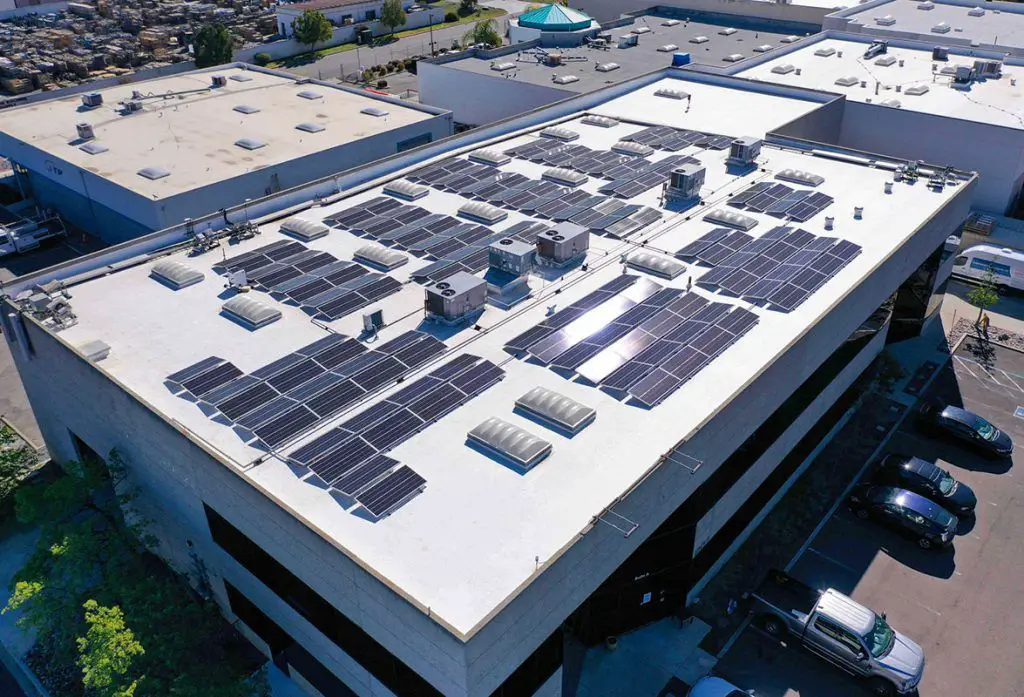
Real world examples can provide the best insight into whether solar sales are actually profitable. Here are a few case studies from solar sales businesses across the country:
ABC Solar (California): This solar sales company was started in 2010 by John Smith with $50,000 in startup costs. They sell and install residential solar systems in the Los Angeles area. In their first year, they sold and installed solar for 25 homes with system sizes from 3kW to 10kW, generating $1.2 million in revenue. With equipment and labor costs of $750,000, their first year profit was $450,000 after expenses.
Vision Solar (New York): Sarah Jones founded Vision Solar in Albany in 2012 with $80,000 in startup capital. Focusing on commercial solar installations, they’ve installed systems on 6 small businesses, 3 schools, and a municipal building so far. With $1.8 million in sales and $1.2 million in costs, their profit has been $600,000 over 3 years.
SolarPros (Texas): SolarPros sells and installs residential solar across Texas. Since 2015, they’ve served over 50 homes with profits averaging $15,000 per home sold after equipment and labor costs. With a team of 7 sales consultants earning commissions, the owner Mark Brown earned $420,000 in profit last year.
Challenges to Profitability
The solar sales business faces some unique challenges that can make profitability difficult at times. Three major challenges include seasonality, high competition, and slow sales cycles.
Seasonality affects solar sales heavily. As this analysis explains, winter months tend to have lower sales compared to summer months. Cold and snowy weather prevents installations. Seasonal drops in sales can make it hard to maintain consistent profits year-round.
Competition is also fierce in the solar sales industry. With hundreds of solar companies selling similar products and services, standing out is difficult. Lower prices from competitors can cut into profits. Marketing and lead generation costs can rise as businesses fight for customers.
Finally, sales cycles for solar tend to be slower compared to other products. As outlined here, the sales process from initial contact to final installation can take weeks or months. Long sales cycles means profitability depends on having a strong pipeline of potential deals. Slow cycles also make it harder to hit monthly or quarterly sales goals.
Conclusion
In summary, selling solar can be a profitable endeavor for those who approach it strategically. The high margins on solar products, ability to earn sales commissions, and federal/state incentives create strong profit potential. However, the costs of starting a solar business and challenges like customer acquisition must be carefully managed.
Here are some tips for earning strong profits in solar sales:
- Partner with a reputable solar installation company that offers attractive commission rates and financing options.
- Focus your efforts on states with strong solar incentives like tax credits and rebates to boost margins.
- Leverage digital marketing and social media to generate leads instead of expensive traditional advertising.
- Provide excellent customer service and follow-up to maximize referral business and word-of-mouth.
- Keep overheads low by working virtually and optimizing operations.
- Stay up-to-date on the latest products, incentives and financing options.
With the right business model and execution, selling solar can be a lucrative and rewarding career path.

